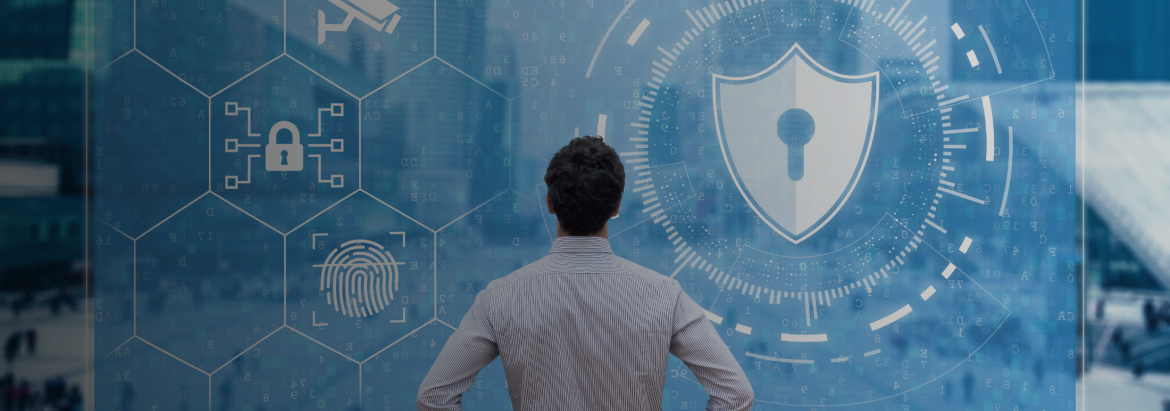
AIOps-Enabled SecOps: The Key to Proactive Cyber Defence


In recent times, the number of cyberattacks on businesses has increased drastically. One must have heard about the recent high-profile cyberattacks like Quanta and Colonial Pipeline. A large corporation might have the resources to get back on its feet after a cyberattack. However, a small business might not continue operations due to the impact of a cyberattack. Therefore, cybersecurity is a must for organizations looking to improve service availability. Did you know that over 90% of cyberattacks happen due to human errors? Cyber attackers look for employee mistakes and exploit them to hack the system. To prevent these cyberattacks, corporations have increasingly invested in AIOps (Artificial Intelligence for IT Operations). Read on to understand the role of AIOps-enabled SecOps for proactive cyber defense.
Before we move to AIOps-enabled cybersecurity, it is essential to understand the definition of SecOps (Security Operations). When IT security meets the operations department, it is termed SecOps. Often, the security and operations teams within an organisation have different priorities. As a result, they fail to work together to enhance the overall security of the organisation. The operations team might integrate tools and technology within the organisation to fulfil different needs. On the other hand, security teams might want cybersecurity systems to boost service availability. Often, security and operations teams have different procedures, intentions, and processes.
SecOps attempts to bring the IT security and operations team together. The observability of the IT infrastructure increases significantly when the IT security and operations teams join hands. The vulnerabilities of the IT infrastructure can be easily determined with SecOps. Both teams will share valuable resources and information to solve security issues quickly. Together they will make extra efforts to maintain the service reliability of the organisation. Here’s what happens when IT security and operations teams join hands:
One might think everyone would be using SecOps due to its benefits. However, setting up the SecOps department within an organization is not as easy as it might seem. Do you know that only 15% of organizations seek the suggestions of security teams for every project? The rest might call security teams only for some important or high-value projects. With the increasing sophistication of cyberattacks, founding SecOps has become more complex than ever. Here are some challenges that prevent organizations from founding SecOps in 2023:
AIOps-based tools can allow security and operations teams to reduce the manual monitoring burden. Security teams do not have to keep monitoring the performance of software systems at all times. An AIOps-led cybersecurity solution will keep a track of system performances. It continuously monitors every element of the IT infrastructure without any manual interference. An AIOps based analytics platform keeps an eye on the normal behaviour of software systems. Any abnormality is reported in real-time to the security teams.
An AIOps-led solution will separate the high-impact alerts for the security teams. Since security teams will resolve the high-impact alerts first, the IT infrastructure will never experience downtime. Small incidents that won’t impact the service availability can be fixed later. AIOps-led solutions use predictive analytics to forecast security concerns. In this era of sophisticated cyberattacks, proactive defence is the right choice for IT security and operations teams.
Organisations do not have to provide security and operations teams with multiple tools. AIOps will help build a single security portfolio used by everyone within the organisation. SecOps teams can gain visibility into the entire IT infrastructure from a single point. It will significantly reduce the security budget for the organisation in the long run. Rely on AIOps-enabled SecOps for proactive cyber defence in 2023!
Please complete the form details and a customer success representative will reach out to you shortly to schedule the demo. Thanks for your interest in ZIF!